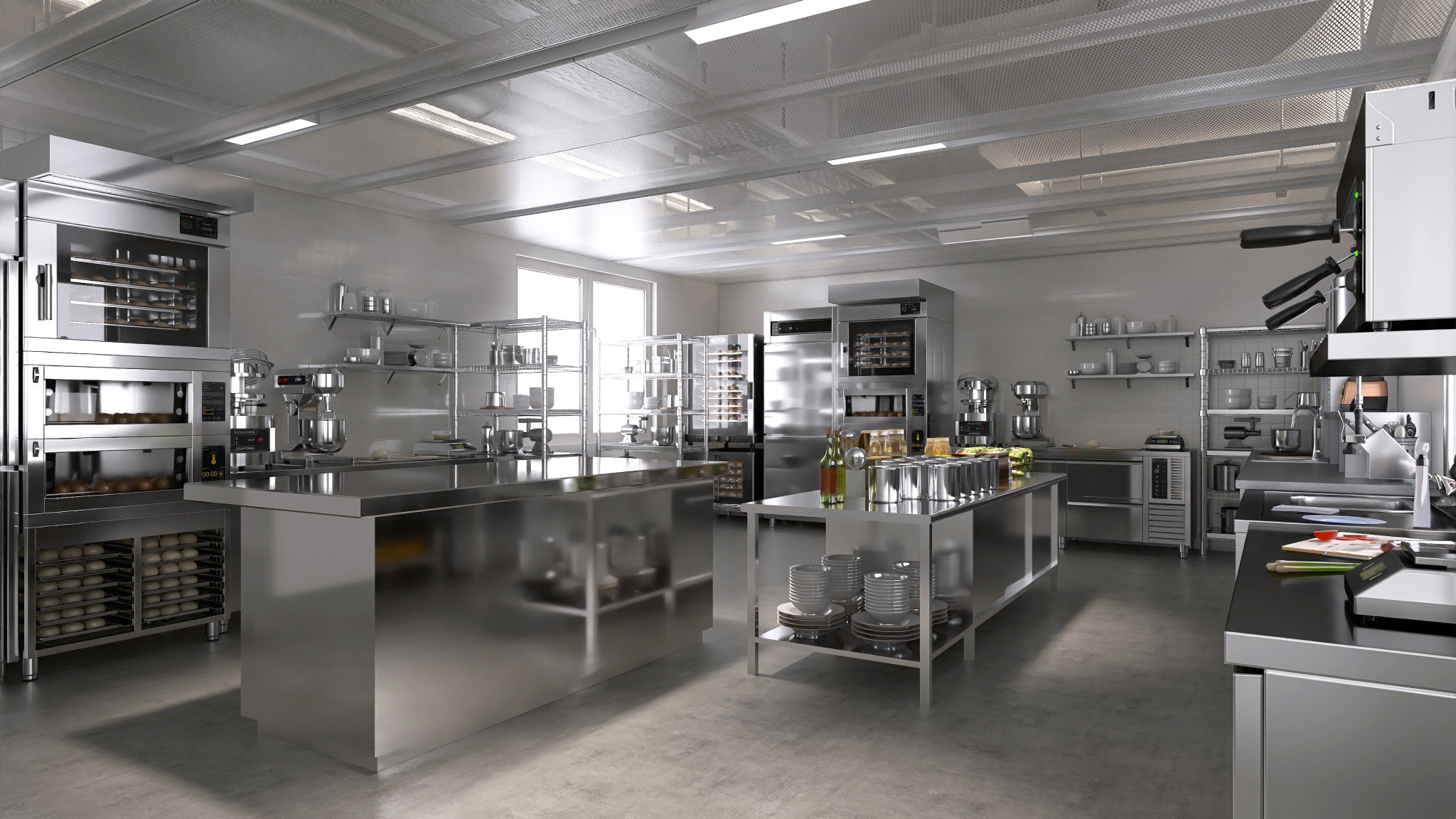Common Misconceptions About Restaurant Cleanliness: Debunking Myths
GH
Understanding Restaurant Cleanliness
When it comes to dining out, cleanliness is a top concern for many patrons. However, there are several misconceptions about restaurant cleanliness that can lead to unnecessary worries. By debunking these myths, we can better understand what truly matters in maintaining a hygienic dining environment.

Myth 1: A Clean-Looking Restaurant is Always Hygienic
It's a common belief that if a restaurant looks clean, it must be hygienic. However, appearances can be deceiving. While visible cleanliness is important, true hygiene involves proper food handling practices, regular sanitization of kitchen equipment, and adherence to health codes. A spotless dining area may not reflect the standards maintained in the kitchen.
Myth 2: All Restaurants Use the Same Cleaning Standards
Another misconception is that all restaurants adhere to a universal standard of cleanliness. In reality, cleaning protocols can vary significantly between establishments. Factors such as restaurant type, size, and location can influence their cleaning practices. It's crucial for diners to research and choose establishments that prioritize rigorous hygiene protocols.

Myth 3: Hand Sanitizers Are Enough
While hand sanitizers are helpful in maintaining personal hygiene, they are not a substitute for proper handwashing, especially in restaurant settings. Effective handwashing with soap and water is essential for both staff and patrons to prevent the spread of germs. Restaurants should encourage handwashing by providing easily accessible facilities.
The Reality of Restaurant Hygiene Practices
Understanding the true practices behind restaurant cleanliness can help alleviate concerns. Here are some key points to consider:
- Regular Inspections: Many restaurants undergo regular health inspections to ensure they meet local health department standards.
- Staff Training: Employees are often trained in food safety protocols, including proper handwashing and equipment sanitization techniques.
- Cleaning Schedules: Effective restaurants maintain strict cleaning schedules for both front-of-house and back-of-house areas.

Myth 4: Open Kitchens are Always Cleaner
Open kitchens are popular for their transparency, allowing diners to see their meals being prepared. However, this visibility doesn't automatically mean higher cleanliness standards. While some open kitchens maintain excellent hygiene, others may not adhere to the same rigorous standards as those in closed kitchens. It's essential to evaluate each restaurant individually.
Myth 5: All Germs Are Bad
The idea that all germs are harmful is a common misconception. In fact, not all bacteria are harmful; some play a vital role in maintaining balance in our environment. Restaurants focus on eliminating harmful bacteria that can cause illness while maintaining a healthy microbial balance.
By understanding these common misconceptions about restaurant cleanliness, diners can make more informed choices and enjoy their dining experiences without unnecessary worry.
